08 Aug 2017 - {{hitsCtrl.values.hits}}
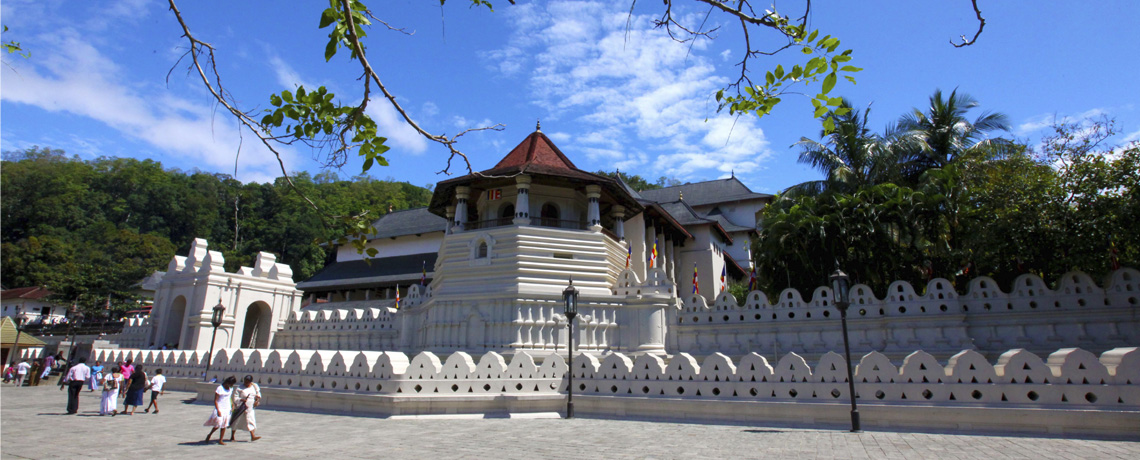
In the aftermath of historic Kandy Esala Perahera, Viharadhipathi of Rangiri Dambulu Rajamaha Vihare Ven. Godagama Mangala Thera speaks about its importance in terms of Sinhala Buddhist culture. He stressed that the Perahera should be viewed not only for its beauty and pageantry but also for the meaning associated with it. The excerpts of the interview:
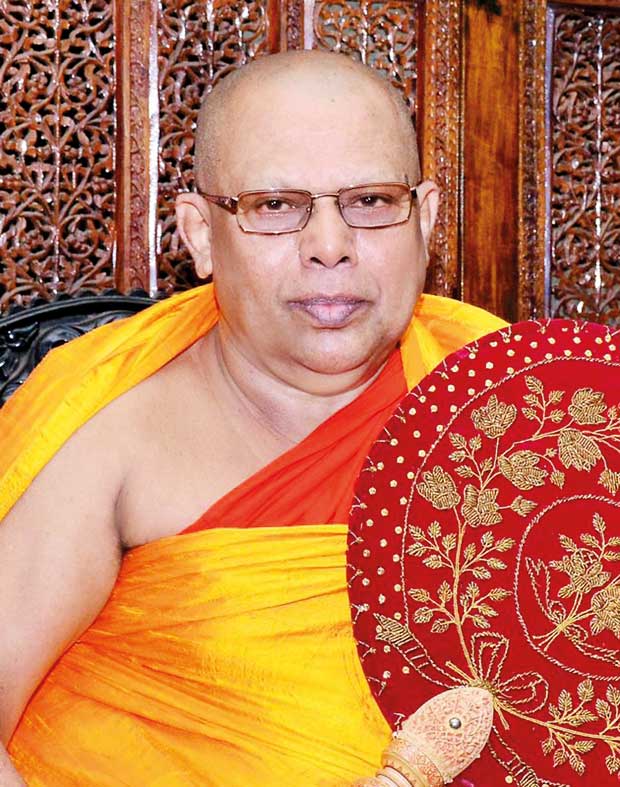
"We insist that opportunities should be given for domestication of elephants for cultural purposes. In the past, some families used to keep elephants as an emblem of their social status. "
How do look at the significance of Kandy Esala Perahera as a feature of Sinhala –Buddhist culture?
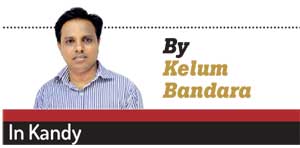 Today, Sri Dalada Perahera is viewed as an historic event. Nonetheless, going by its organizational structure and the features associated with it, Perahera is more of a reflection of the Sinhala- Buddhist identity. It has evolved over time. After the Sacred Tooth Relic was brought to Sri Lanka during the reign of King Kithsirimewan, the royal ruler wanted some activity to win over the applause of people. People thronged to pay homage to the Sacred Relic (Dalada Wahanse) when it was kept at Abhayagiriya. The king decided that this should be made an object of mass public veneration so that he could win over the hearts of people. Accordingly, it started. The king also thought that novel features should be added to the event to make it more appealing to people. At that time, people were used to listen to Dhamma discourses by eloquent monks at centres or‘mandapas’ erected at common places. The king realized that Dalada Perahera could be even more attractive for people than such Dhamma discourses.
Today, Sri Dalada Perahera is viewed as an historic event. Nonetheless, going by its organizational structure and the features associated with it, Perahera is more of a reflection of the Sinhala- Buddhist identity. It has evolved over time. After the Sacred Tooth Relic was brought to Sri Lanka during the reign of King Kithsirimewan, the royal ruler wanted some activity to win over the applause of people. People thronged to pay homage to the Sacred Relic (Dalada Wahanse) when it was kept at Abhayagiriya. The king decided that this should be made an object of mass public veneration so that he could win over the hearts of people. Accordingly, it started. The king also thought that novel features should be added to the event to make it more appealing to people. At that time, people were used to listen to Dhamma discourses by eloquent monks at centres or‘mandapas’ erected at common places. The king realized that Dalada Perahera could be even more attractive for people than such Dhamma discourses.
So, he was encouraged to have exposition of the Tooth Relic at such places of Dhamma discourses. After that, it was paraded along streets people thronged. People, out of their immense devotion, started to make illustrations of stories in Buddhist literature including Jataka stories to display along with Perahera. Having seen this, more and more people flocked to the scene. People started creation of recitals as a mark of their devotion. All in all, Perahera, originated during the Anuradhapura era, is associated both with national and religious identity of people. It kept on evolving.
According to the reports of Fa Hien who visited Sri Lanka during the 3rd century BC, it had been detailed out how people responded to Dalada Perahera. It has been described how the streets were decked and prepared, and Jataka stories depicted. Dalada Perahera is a feature depicting the cultural identity of Sinhala nation.
In the Kandyan era, Dalada culture was built along with Perahera. It includes dancing and music performances. Sri Lankan people used the event to showcase their cultural richness. There were different social groups formed for the provision of different services to the conduct of Perahera. For example, one group specialized in drum beating for the occasion, and another dancing.
During the Kandyan period, even reconciliation is reflected in Perahera to an extent. The cultural link between Hindus and Buddhists is projected through Perahera in some aspects.
If you could elaborate it further...
As for Kavikara Maduwa, travelling in the front portion of Perahera is there. Recitation and instrument playing are done according to Hindu culture. Hindu influence is visible in processions associated with four Devales. Initially, during the Kandyan era, there was no Perahera in view of the exposition of Tooth Relic. It was there in view of four Devales. After the establishment of Higher Ordination (Upasampada), brought from Siam, it was done at the request of Ven. Upali Thera and the Mahanayake Theras of Asgiriya Chapter. There is Dalada culture. Music of recitation and instrument playing is meant to rouse devotion to Buddhism but not mere musical taste.
Kandyan dance plays a major role in Perahera. We find ves netum, Pantheru netum etc. Today, we find various dancing troupes being created as a phenomenon of Perahera. It is a cultural development of society. Actually, we find various songs of devotion being created and sung, featuring Buddhist virtues. That way, a music tradition has also been born. Ancient dancing methods, prevailed among Sinhala people, have also been added as a feature to this. In that sense, Perahera serves as an event showcasing cultural richness and dignity of our people. Foreign scholars have seen the beauty of this. They have read it beyond beauty and pageantry. We can see it by reading their papers. It is a cultural event founded upon core Buddhist values.
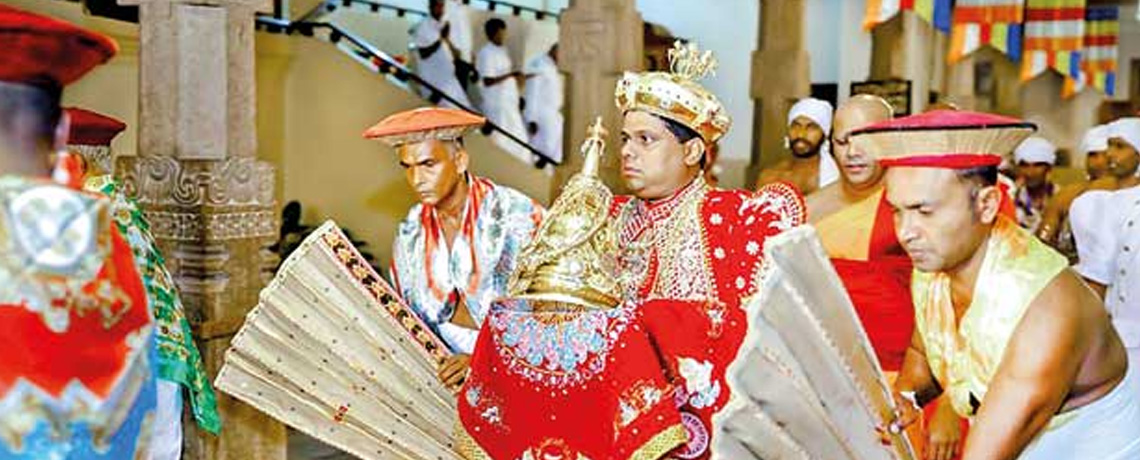
In Buddhist culture, we find novel features added in recent times, such as Pichchamal Poojawa etc. Do you find any novel features being associated with Perahera?
Actually, offering of Jasmine or Pichchamal Poojava is an expression of people’s devotion to Buddhist religions by deed. We cannot completely rule out the existence of such venerating modes during the time of the Buddha. When the Buddha visited any principality at that time, people thronged to see him with flowers. It has evolved to what is practised in our society today. As for Dalada Perahera, we do not find totally novel features. For every cultural activity associated with Perahera, there is a clan. There were attempts in the past to add novel features to Perahera for political ends. Now, it is not found. In fact, Perahera’s traditional identity is maintained. As for Kataragama Perahera, it is there reflecting Hindu culture in main. Alongside, we find features of Kandyan dancing attached to it. Womenfolk are given the pride of place in Peraheras of Pattini Devale.There is nothing wrong with all that. However, if a feature associated with Kataragama Perahera is introduced to Kandy Perahera, it will be a compromise of traditional complexion. Therefore, it is not done.
There are social clans or groups providing various services to Perahera. With the evolution of social order, do you face any barrier in getting such services in today’s context?
There is no such major impact in obtaining services of any clan. These clans or groups have upheld their traditions associated with Perahera from the time of ancient kings. They have carved out their niche in Perahera. Traditionally, it is obligatory for them. It has not changed. Some try to add new features in addition to all these traditional aspects.
Actually, how keen is the present generation of these traditional families in extending their services to Perahera activities?
It is not an issue. Today, Kandyan dancing has been introduced to school curricula. As a result, other students outside the traditional circle also studied it. Still, traditional families play a major role. Recently, there was a survey on them and their current status in society. It is interesting that some of these family members perform their artistic talents at Perahera despite them being top professionals today. I found even medical professionals performing ‘Ves Netum’ or mask dancing. It means they have not given it up their roles despite their high social standing
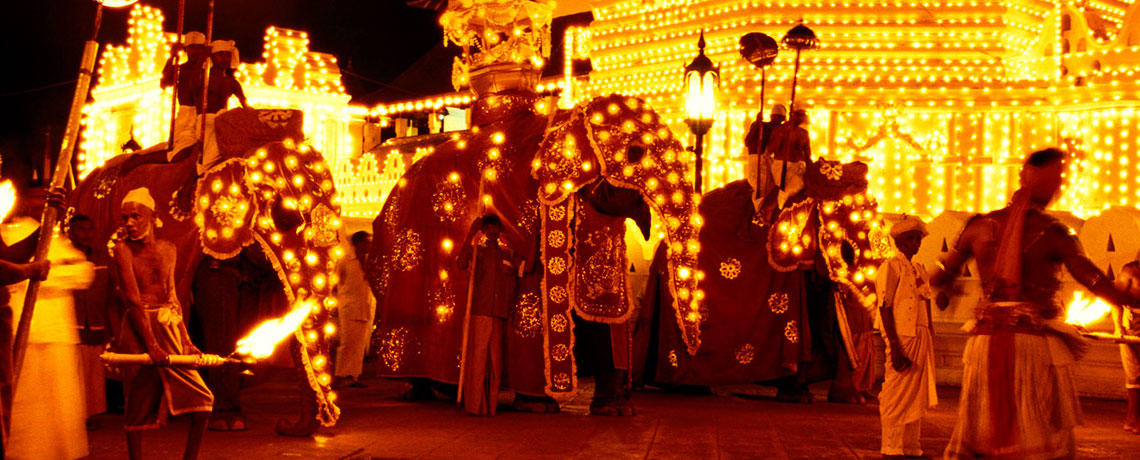
Could you provide some more details related to it?
There is a book compiled in this regard. Proudly, they speak of their traditional roles. Still, they command a lot of respect from the authorities of Buddhist temples and Devales. In society, there might be some attitude problems. In the field of art, they have not been alienated, though. There are as many as 25 family lines in respect of dancing performances. We have another 24 family lines linked with instrument playing for Perahera. They come forward to make their contribution to Dalada Perahera despite their current positions in society. For example, the Amunuguma family is there. They still perform their artistic talents at Perahera.
However, Veddah Chief once said they were faced with an issue of collecting bee’s honey from the wild to be offered to Dalada Maligawa because of some laws. How do you see this?
Actually, some environmentalists have raised issues. It has even caused a problem in finding enough elephants for Perahera. We have to be cautious in the application of western concepts and laws in their entirety in the local contexts. Environmentalists and animal rights activists apply such alien concepts in their entirety to the local situations, regardless of practical realities. It has invited unnecessary issues. Elephants and tuskers were paraded in Peraheras from the time immemorial. It is not a phenomenon created overnight. It happened even during the Anuradhapura era. At that time, elephants had been used as a warring force. We have to readjust these concepts in line with our cultural ethos and values. That is the problem faced by the Veddah community. They complain of losing their right to use the wild because of new laws. We have to remodel western laws to suit to the local context. Otherwise, we will lose these traditions. Existence of such traditions add colour to a society. If we believe in reconciliation, we will have to respect all.
Last time, the dearth of elephants was a big issue. How did you manage this time?
It was managed this time. Some elephants were released from the Pinnawala elephant orphanage for the purpose. It is not a sustainable solution, though. We have to find a workable solution. We wonder why these animal rights activists raise this in relation to Perahera. There is no honesty here. Those who are living on NGO funding for survival, raise this matter. When an elephant is taken in Perahera, it is not harassment. In fact, it attributes dignity to the animal concerned. Elephants, meant for the purpose, are fed properly. They are even taken on carpets. They are bathed. Now, the lack of pachyderms has impacted the cultural activities of Buddhist places of worship. So, we suspect whether this is aimed at assaulting the Buddhist culture.
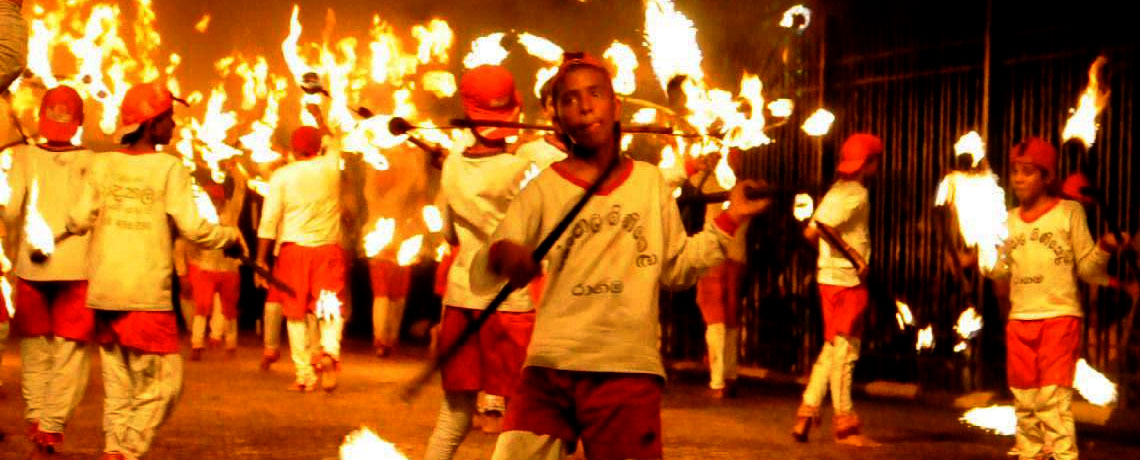
What is the sustainable solution you propose for this?
It is difficult to get elephants released from their kraals to be used in Perahera. They are not tame enough for it. We have to train them to be taken in procession through a crowded place amidst music playing and all. Elephants, tamed properly, walk majestically in Peraheras, unlike the ones immediately released from
the orphanage.
We insist that opportunities should be given for domestication of elephants for cultural purposes. In the past, some families used to keep elephants as an emblem of their social status. When elephants are given to such families, they are well looked after. They are not harmed.
How did look at the Perahera just concluded?
Today, there is an institution set up in Pallekelle for dancing training in view of Perahera. Also, Dalada Maligawa has launched a programme to lend a helping hand to traditional craftsmen and performers. It has sorted out the issue involving elephants. We will be able to sustain Perahera with its unique traditions. We are optimistic about the future. We commend the role played by the incumbent Diyawadana Nilame in this regard.
"Initially, during the Kandyan era, there was no Perahera in view of the exposition of Tooth Relic. It was there in view of four Devales. After the establishment of Higher Ordination (Upasampada), brought from Siam, it was done at the request of Ven. Upali Thera and the Mahanayake Theras of Asgiriya Chapter. There is Dalada culture. Music of recitation and instrument playing is meant to rouse devotion to Buddhism but not mere musical taste"
23 Dec 2024 1 hours ago
23 Dec 2024 2 hours ago
23 Dec 2024 2 hours ago
23 Dec 2024 3 hours ago
23 Dec 2024 3 hours ago